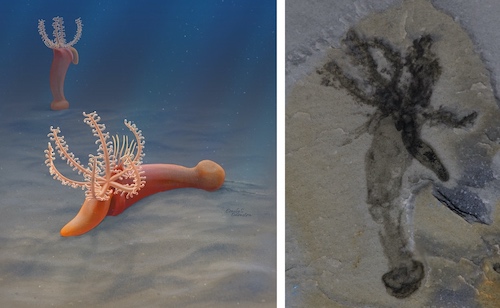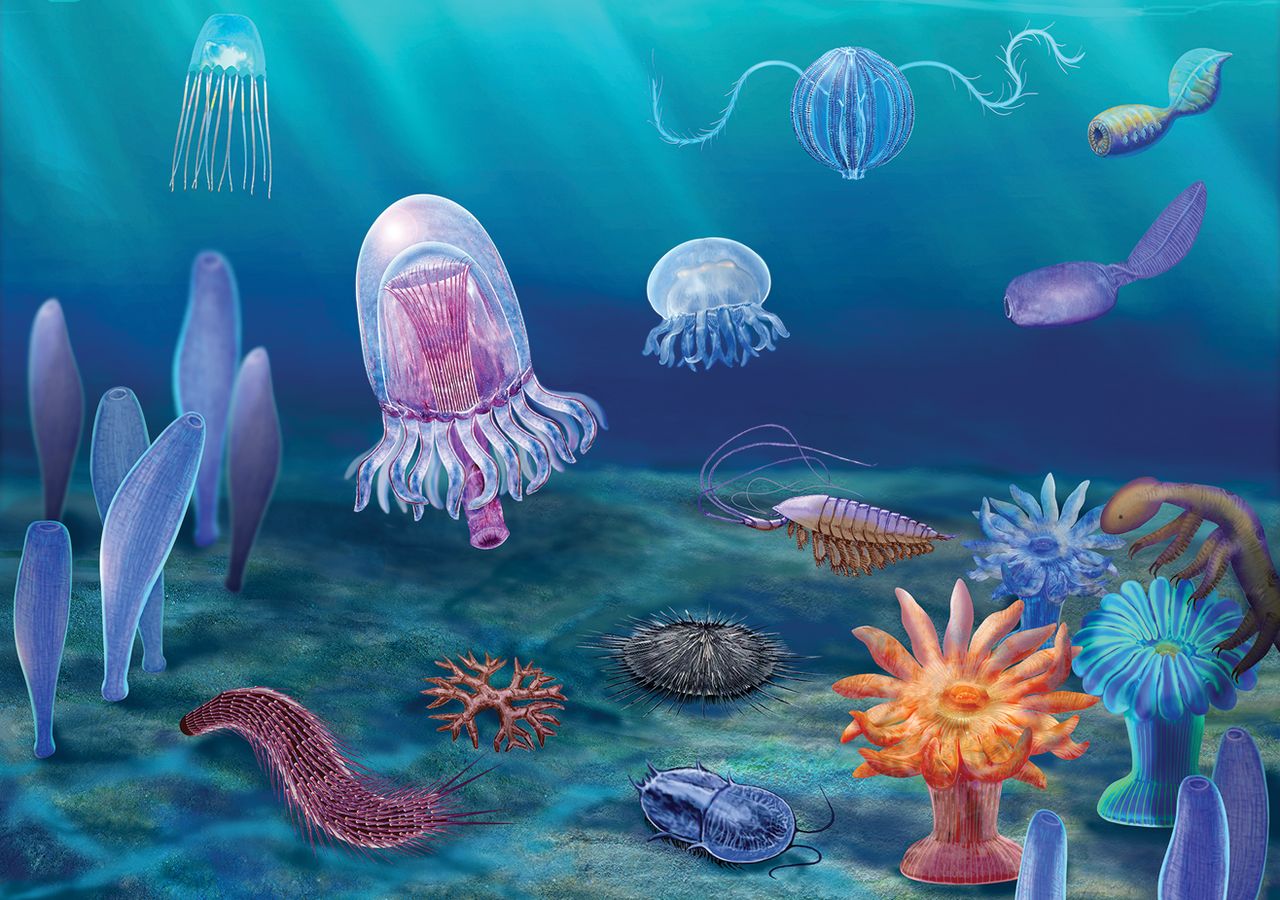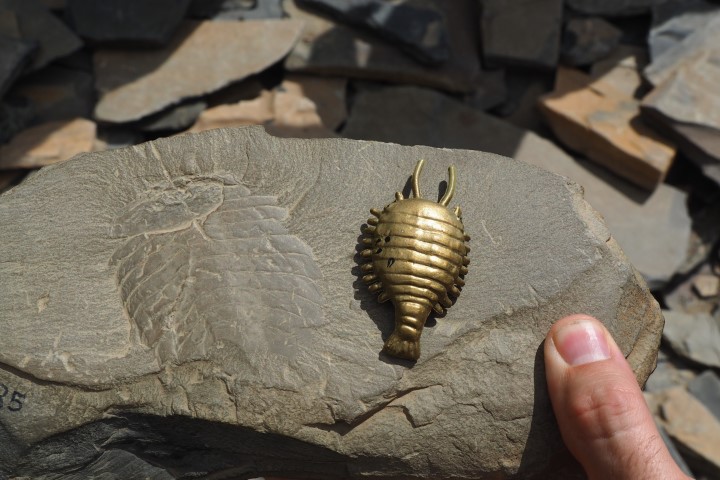A 506 million year old hemichordate worm with tentacles
Gyaltsenglossus senis, is a newly described hemichordate from the Burgess Shale. It provides evidence on how the anatomies of the two main groups of hemichordates – enteropneusta and pterobranchia – are related. The enteropneusta and pterobranchia differ in body shape and in ecological function. However, DNA analysis of present day organisms suggests that they are […]
A 506 million year old hemichordate worm with tentacles Read More »








